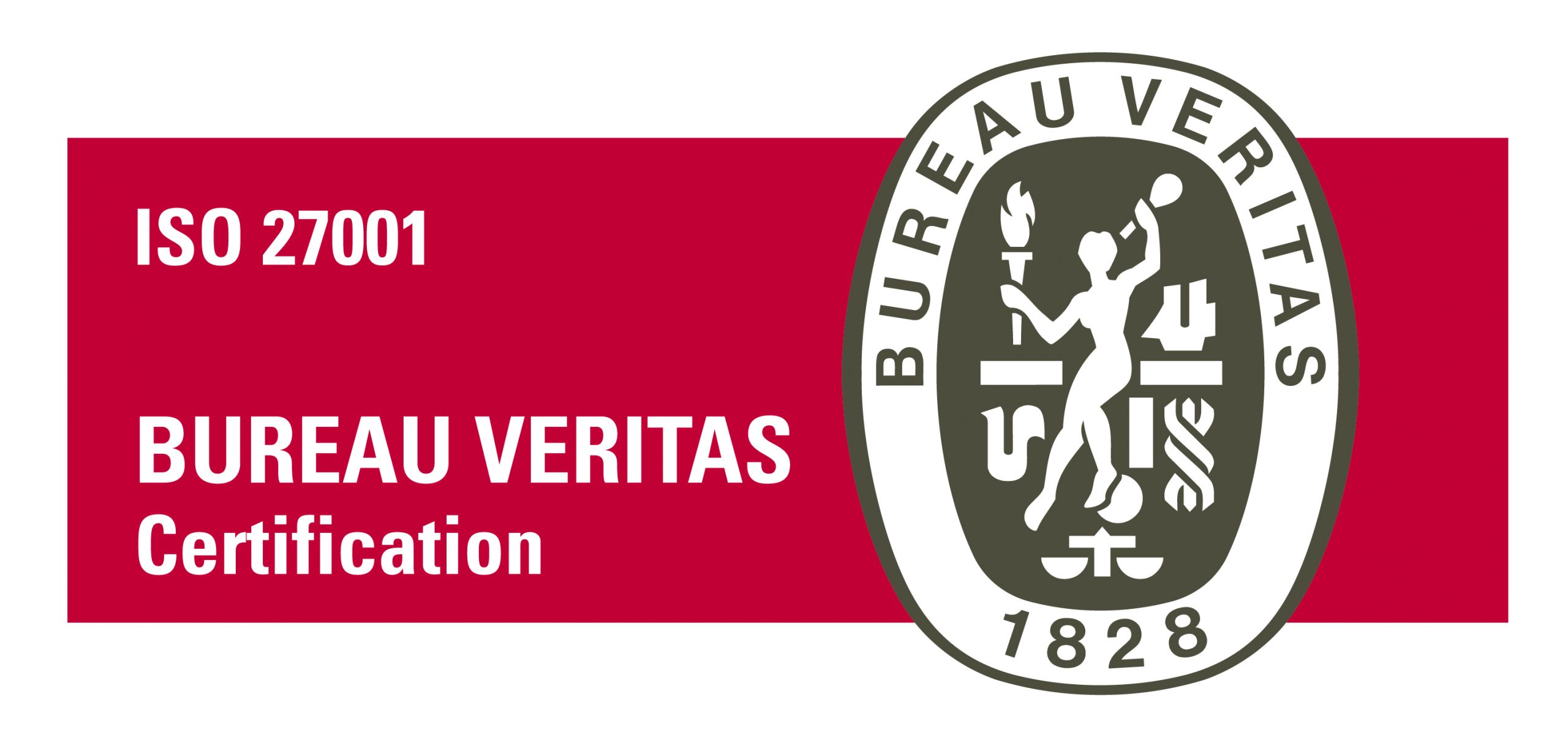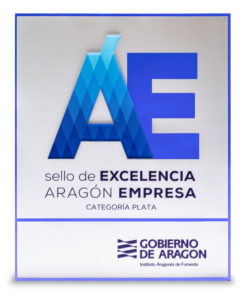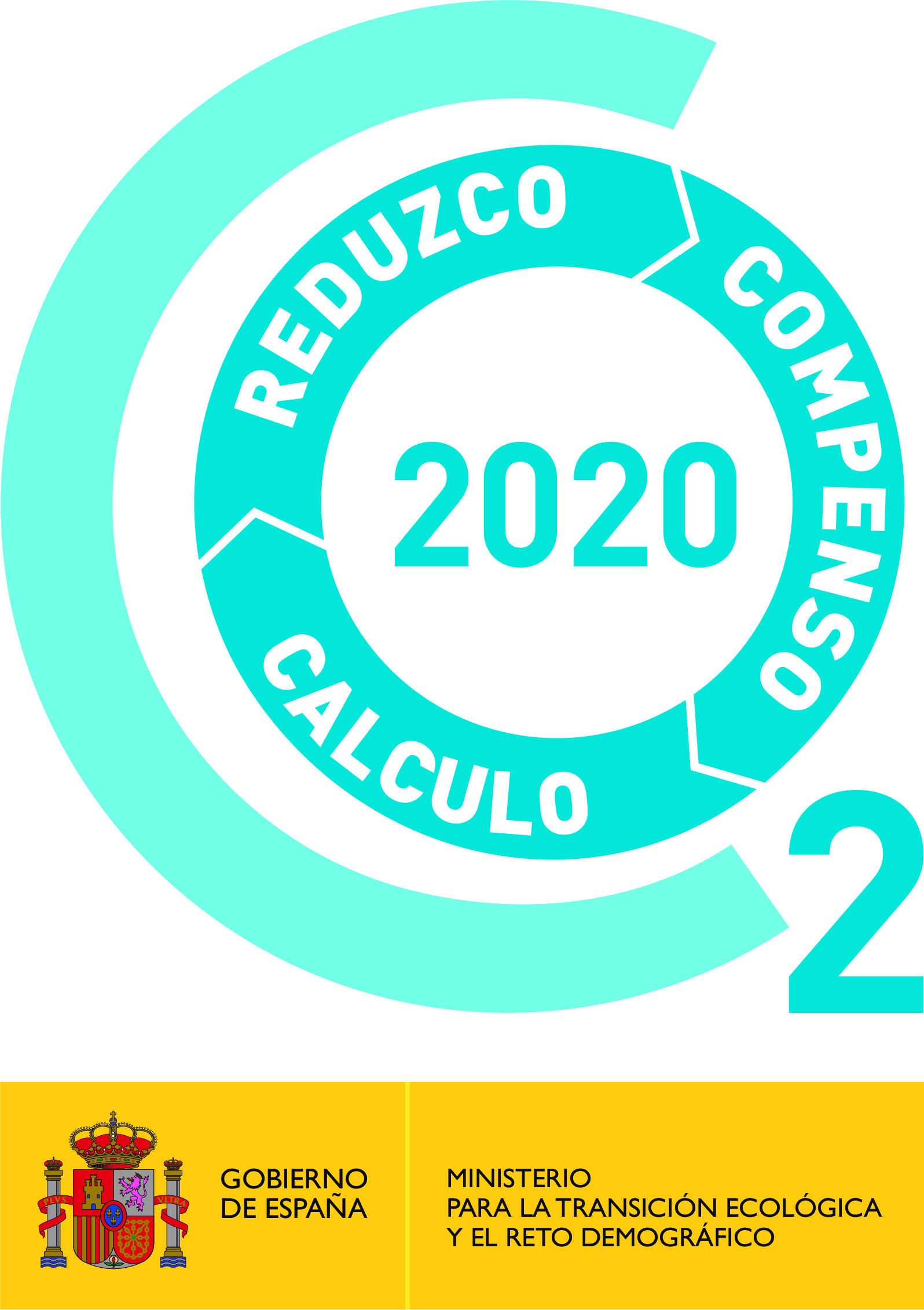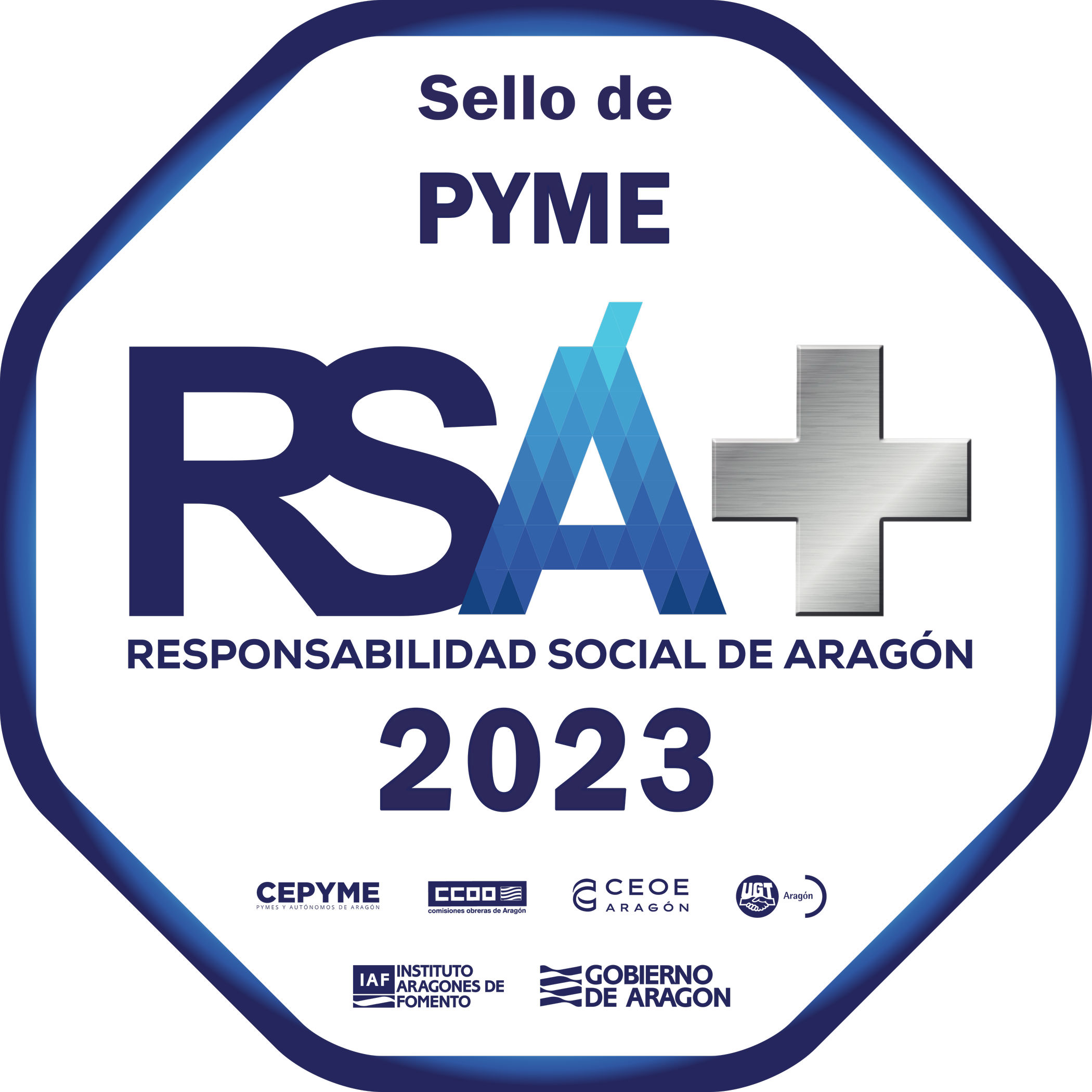An explosive atmosphere is a mixture of dangerous substances with air, under atmospheric conditions, in the form of gases, vapours, mist or dust in which, after ignition has occurred, combustion spreads to the entire unburned mixture
There are many substances that can form an explosive atmosphere; for example, gases (natural gas, butane, propane, acetylene, etc.), liquids (propellants, solvents, oils, paints, etc.) and solids (wood, coal, cereal grains, metal powder) and therefore many installations and activities that must be evaluated according to regulations.
Directive 99/92/CE provides that the employer must take the appropriate measures to prevent the formation of explosive atmospheres or, where the nature of the activity does not allow that, to prevent the ignition of explosive atmospheres, and mitigate the adverse effects of an explosion so as to ensure the health and safety of workers.
To classify the areas, you must follow and take into account the international standards (UNE/IEC 60079-10) and the physical and chemical parameters of the substances liable to cause explosive atmospheres. It is therefore possible to identify the site based on the characteristics of the substances in the facility.
Classification of site areas
| TYPE OF AREA | AREA FOR GASES, VAPOURS AND MIST | AREA FOR COMBUSTIBLE SOLID DUST |
|---|---|---|
| Work area in which an explosive atmosphere is always or frequently present, or for a prolonged period of time. | 0 | 20 |
|
Work area in which the occasional formation of an explosive atmosphere is likely under normal operating conditions. |
1 | 21 |
| Work area in which the formation of an explosive atmosphere is unlikely under normal operating conditions. If an explosive atmosphere forms, it only remains for a short period of time. | 2 | 22 |
To classify the areas, you must follow and take into account the international standards and the parameters of the substances liable to cause them. It is therefore possible to identify the location based on the characteristics of the substances in the facility.
In addition to identifying hazardous areas, companies with ATEX areas must protect electrical and non-electrical equipment intended for use in potentially explosive atmospheres. Similarly, they must guarantee a certain level of safety depending on the area of the facility and therefore must have undergone specific tests and certification tests carried out by recognised organisations.
How do you know which ATEX marking an ATEX luminaire should have?
GROUPS
| GROUP | DETAIL |
|---|---|
| I | FIREDAMP Mining equipment |
| II | Equipment for surface installations |
CATEGORY
| AREA | EQUIPMENT TYPE |
|---|---|
| 0/20 | 1 |
| 1/21 | 2 |
| 2/22 | 3 |
ENVIRONMENT
| SIGN | MEANING | AREAS |
|---|---|---|
| G | GAS | 0,1,2 |
| D | DUST | 20,21,22 |
| GD | GAS AND DUST | 0/21-1/21-2/22 |
PROTECTION MODES FOR ELECTRICAL DEVICES
| MODE | SYMBOL | STANDARD |
|---|---|---|
| Flameproof | d | UNE-EN 60079-1 |
| Increased safety | e | UNE-EN 60079-7 |
| Restricted breathing | n | UNE-EN 60079-15 |
| Surround | t | EN 60079-31 |
GAS SUBGROUP
| SUBDIVISION | DESCRIPTION | COMPATIBILITY |
|---|---|---|
| IIA | Butane, hexane, methane, acetone, fuel-oil… | IIA, IIB, IIC |
| IIB | Ethylene, cyclopropane, dioxane… | IIB, IIC |
| IIB + H2 | Any of the above + Hydrogen | IIB+H2, IIC |
| IIC | Hydrogen, acetylene, carbon disulfide | IIC |
Subgroup IIC covers IIB+H2, HB and IIA
DUST SUBGROUP
| SUBDIVISION | DESCRIPTION | MATERIALS PERMITTED GROUP |
|---|---|---|
| IIA | Inflammable particles | IIA, IIB, IIC |
| IIB | Non-conductive dust | IIB, IIC |
| IIC | Conductive dust | IIC |
Subgroup IIIC covers IIIB and IIIA
GAS TEMPERATURE CLASS
| Temperature class | Maximum surface temperature of the equipment |
|---|---|
| T1 | 450°C |
| T2 | 300°C |
| T3 | 200°C |
| T4 | 135°C |
| T5 | 100°C |
| T6 | 85°C |
The self-ignition temperature T6 covers T1 to T6
DUST TEMPERATURE CLASS
| Temperature class | Maximum surface temp. of electrical equipment |
|---|---|
| T85°C | Máx 85°C |
| T100°C | Máx 100°C |
| T135°C | Máx 135°C |
| T200°C | Máx 200°C |
| T300°C | Máx 300°C |
| T450°C | Máx 450°C |
The self-ignition temperature T85 covers T85 to T450
LEVEL OF PROTECTION
| MODE | EPL GAS | EPL DUST | MEANING | AREA |
|---|---|---|---|---|
| d | Gb | Db | Very high protection | 1/21 |
| e | Gb | Db | High protection | 1/21 |
| nR | Gc | Dc | Medium protection | 2/22 |
DEGREE OF PROTECTION IP
| DUST PENETRATION | WATER PENETRATION | ||
|---|---|---|---|
| 0 | No protection | 0 | No protection |
| 1 | Protection from objects larger than 50 mm | 1 | Protection from vertical dripping |
| 2 | Protection from objects larger than 12.5 mm | 2 | Protection from dripping at an angle 15º |
| 3 | Protection from objects larger than 2.5 mm | 3 | Protection from spraying |
| 4 | Protection from objects larger than 1 mm | 4 | Protection from splashes |
| 5 | Protection from dust | 5 | Protection from water jets |
| 6 | Totally dust-proof | 6 | Protection from constant water jets |
| The IP69K rating is the highest level of protection available and is compatible with high-pressure cleaning and steam cleaning equipment. | 7 | Protection from temporary immersion | |
| 8 | Protection from permanent immersion |
DEGREE OF PROTECTION IK
IK code and impact energy
| IK code | IK00 | IK01 | IK02 | IK03 | IK04 | IK05 | IK06 | IK07 | IK08 | IK09 | IK10 |
|---|---|---|---|---|---|---|---|---|---|---|---|
| Impact energy (joules) | * | 0.15 | 0.20 | 0.35 | 0.50 | 0.70 | 1 | 2 | 5 | 10 | 20 |
Leading certifications
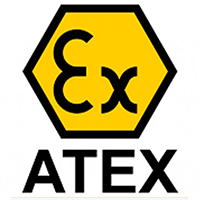
ATEX Certificate
Mandatory standard in the European Union
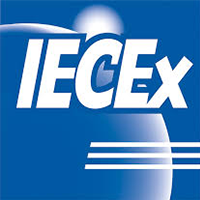
IECEx Certificate
Internationally accepted according to IEC standards











